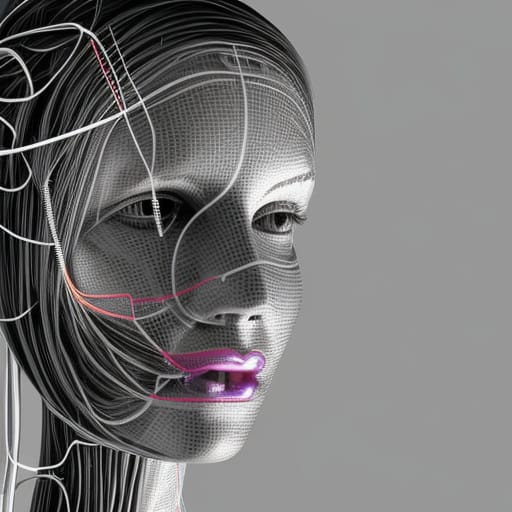HOME | DD
 AgyGuru — Building robots
[🤖]
AgyGuru — Building robots
[🤖]

#robotics
Published: 2023-08-09 10:58:15 +0000 UTC; Views: 626; Favourites: 6; Downloads: 0
Redirect to original
Description
Robotics technology has been advancing rapidly and is continuing to evolve. Here are some key trends and developments in the field of building robots:
Artificial Intelligence (AI) and Machine Learning (ML): AI and ML have become integral to modern robotics. Robots are now capable of learning from data and improving their performance over time. Machine learning algorithms enable robots to adapt to changing environments, make decisions, and even develop problem-solving skills.
Advanced Sensors: Robotics has benefited from the development of more sophisticated sensors, such as LiDAR (Light Detection and Ranging), depth cameras, and advanced vision systems. These sensors provide robots with enhanced perception, allowing them to navigate and interact with their surroundings more effectively.
Human-Robot Interaction: Collaborative robots (cobots) designed to work safely alongside humans have gained traction. These robots are equipped with sensors and algorithms that enable them to detect and respond to human presence, making them suitable for tasks in industries like manufacturing, healthcare, and logistics.
Biomechanics and Biomimicry: Robotics engineers are increasingly drawing inspiration from nature to design robots with more efficient and adaptable movement. Biomimetic robots mimic the locomotion and behavior of animals, leading to advancements in areas such as legged robots and robotic prosthetics.
Swarm Robotics: Researchers are exploring the concept of swarm robotics, where multiple robots work together in a coordinated manner to accomplish tasks. This approach draws inspiration from the collective behavior of social insects and can be applied in scenarios like environmental monitoring, disaster response, and agriculture.
Soft Robotics: Soft robots are built using flexible materials that allow for more versatile and adaptive movement. These robots are well-suited for tasks requiring interaction with delicate objects or complex environments where traditional rigid robots might struggle.
Autonomous Vehicles and Drones: The technology used in self-driving cars and drones is influencing robotics. Autonomous ground and aerial vehicles are becoming more capable and are used in applications ranging from package delivery to surveillance.
Robotics in Healthcare: Robotics is making significant contributions to healthcare, including surgical robots for minimally invasive procedures, exoskeletons for rehabilitation, and assistive robots for elderly care and patient monitoring.
Energy Efficiency and Sustainability: There's a growing emphasis on developing energy-efficient robots with longer battery life and reduced environmental impact. This includes research into energy-harvesting technologies and efficient motor control.
Open-Source and DIY Robotics: Open-source hardware and software platforms have democratized robotics development, making it more accessible to hobbyists, students, and small-scale developers. This has led to a proliferation of DIY robotic projects and innovation.
Please note that technological advancements continue beyond my last update, and new developments might have occurred since then. It's recommended to explore current robotics research, industry news, and publications for the latest information on building robots.






























